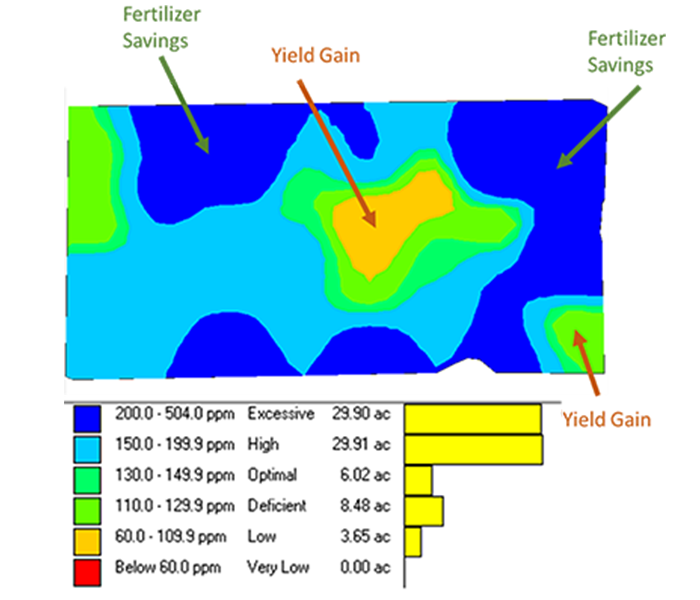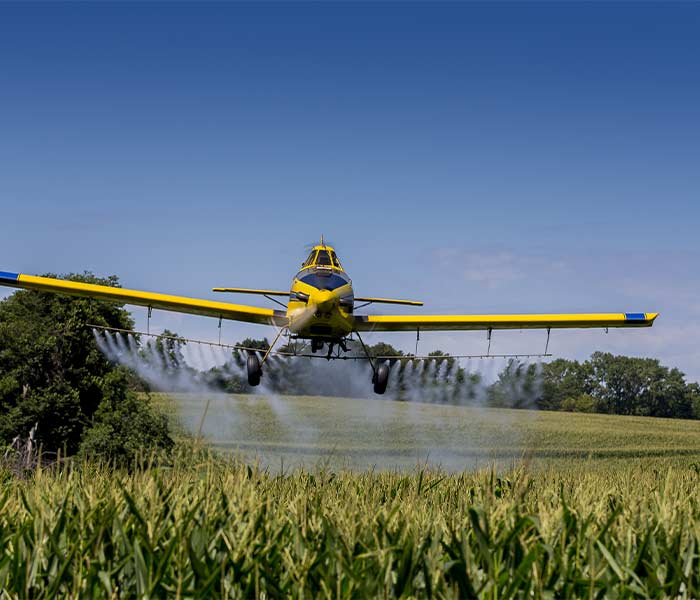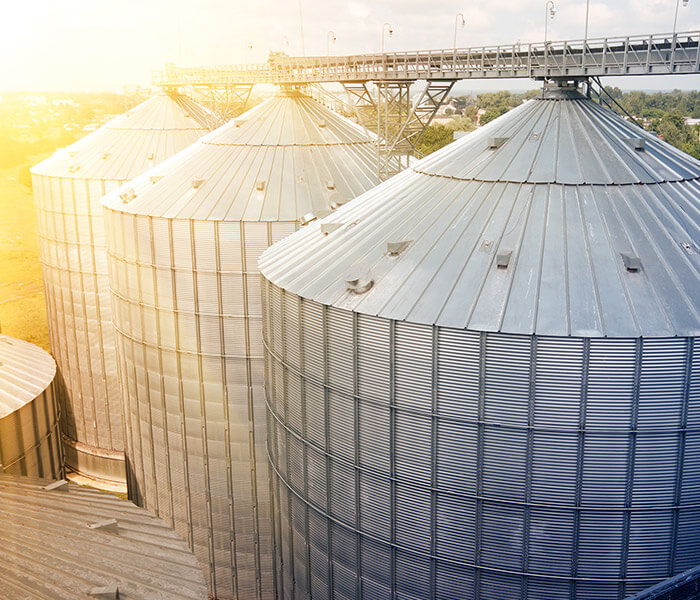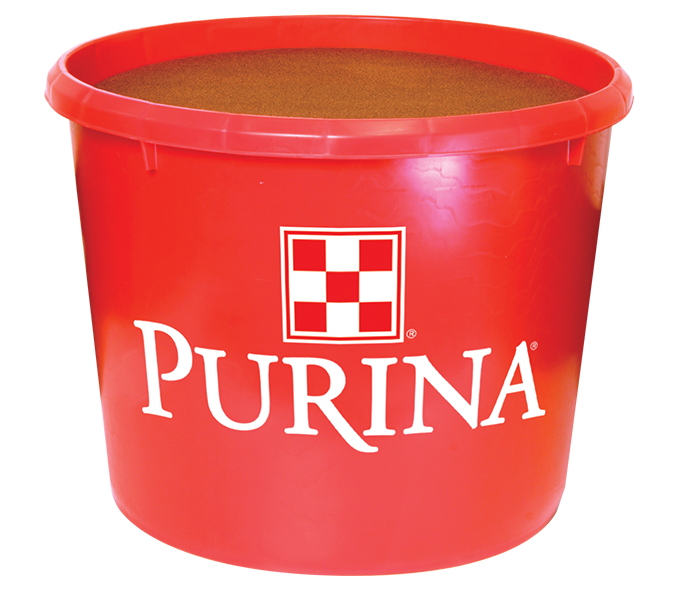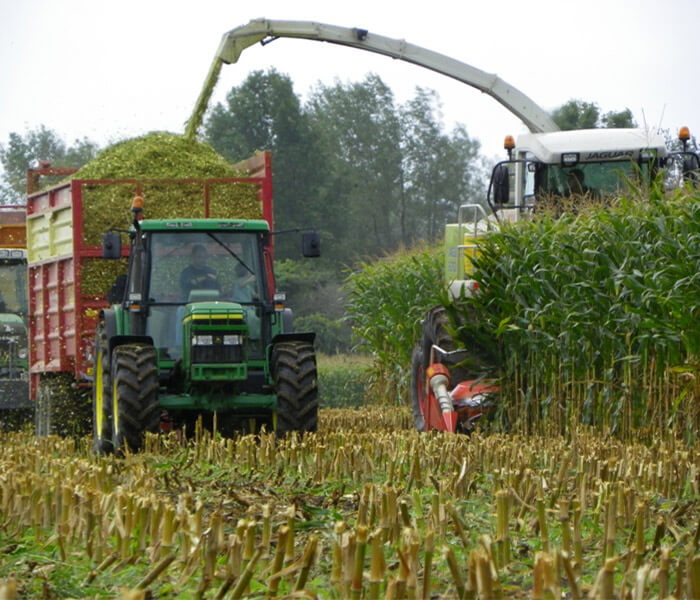Fungicide application timing.
A fungicide targeting foliar diseases is only as effective as its application timing. Generally, there are three key growth stage options to choose from — V5-V7, V8-V10 and VT-R1 — for making a fungicide application, and there are advantages and disadvantages associated with each stage.
We’ve taken an in-depth look at these options, the pros, cons and expectations associated with a foliar fungicide application at any of these stages.
#1: V5-V7 Fungicide Application
The Pros
- Applying at this stage offers convenience, allowing growers to add a fungicide to the tank with a planned herbicide trip across the field.
- Effective control of early-season disease infections that begin in lower canopy with splashing rains.
The Cons
- Generally, it is too early for the bulk of late-season foliar diseases and likely will require a follow-up application as diseases develop.
What to Expect
- Applications at this stage will perform better when applied to a corn hybrid that has good disease resistance.
- Depending on disease pressure, a corn crop receiving an application at this stage could benefit from a follow-up VT-R1 fungicide application.
#2: V8-V10 Fungicide Application
The Pros
- With the proper equipment, applications during this time frame can be made with a ground sprayer, mitigating the need for a more expensive aerial application.
- Fungicide applications made at V10 can deliver similar yield results as those of fungicides applied at VT-R1.
The Cons
- Corn is growing rapidly at this time. Any weather disruption or equipment breakdown can result in missing the window for a ground application. Depending on the speed to maturity of the corn, later disease development can occur quickly soon after tassel and requires another application or yields could be sacrificed. Examples of diseases are Southern rust or tar spot that develop aggressively after tasseling.
What to Expect
- If one of the components of the disease triangle is slightly off — e.g., host has some disease resistance, weather is not conducive for disease establishment, pathogen is not present in large quantities — then V8-V10 is the best timing to avoid aerial application costs and still achieve the best disease protection to protect yields.
#3: VT-R1 Fungicide Application
The Pros
- This is ideal timing for applying a fungicide as it’s typically a time of high disease pressure, and a corn plant’s tissues that need to be protected most are present and functioning at this point.
The Cons
- Your only application option is aerial, which could have a higher price tag than a ground application.
- Complete plant coverage, especially in the mid to lower canopy, is harder to achieve at this point in the corn plant’s life.
What to Expect
- Out of all three growth stages to make a foliar fungicide application, this stage allows a grower to achieve the best disease control, protection of yields and ROI, even with additional application costs considered.
Contact your local Premier Agronomist for more information on fungicide and when to apply it on your fields.
Ken Jahnke
Agronomy Sales Manager
